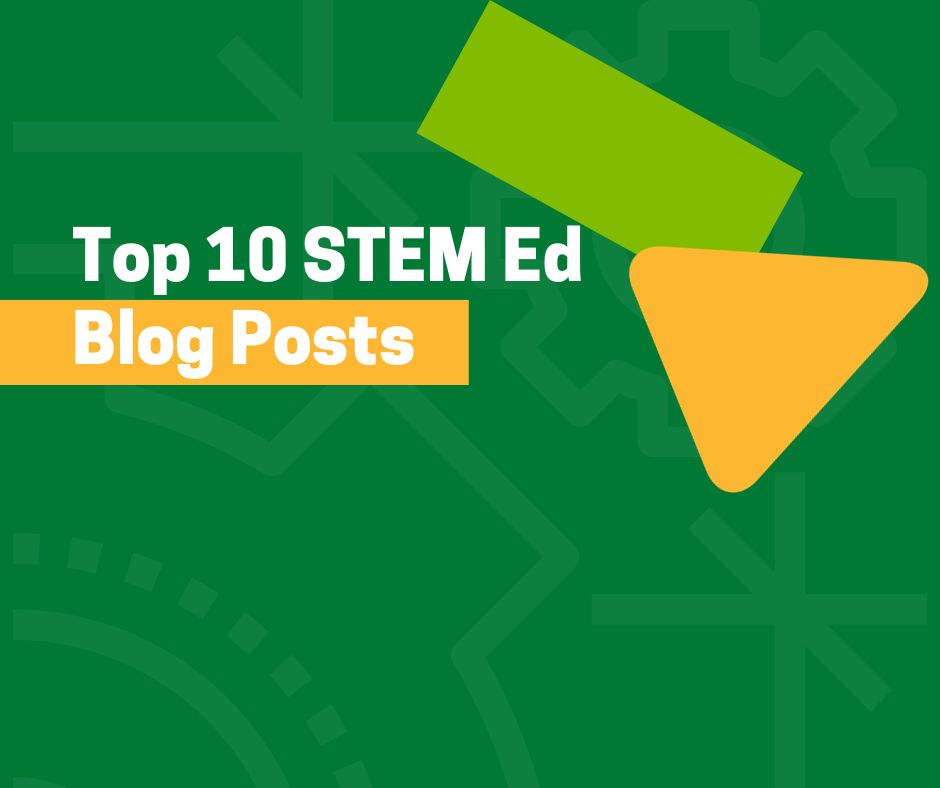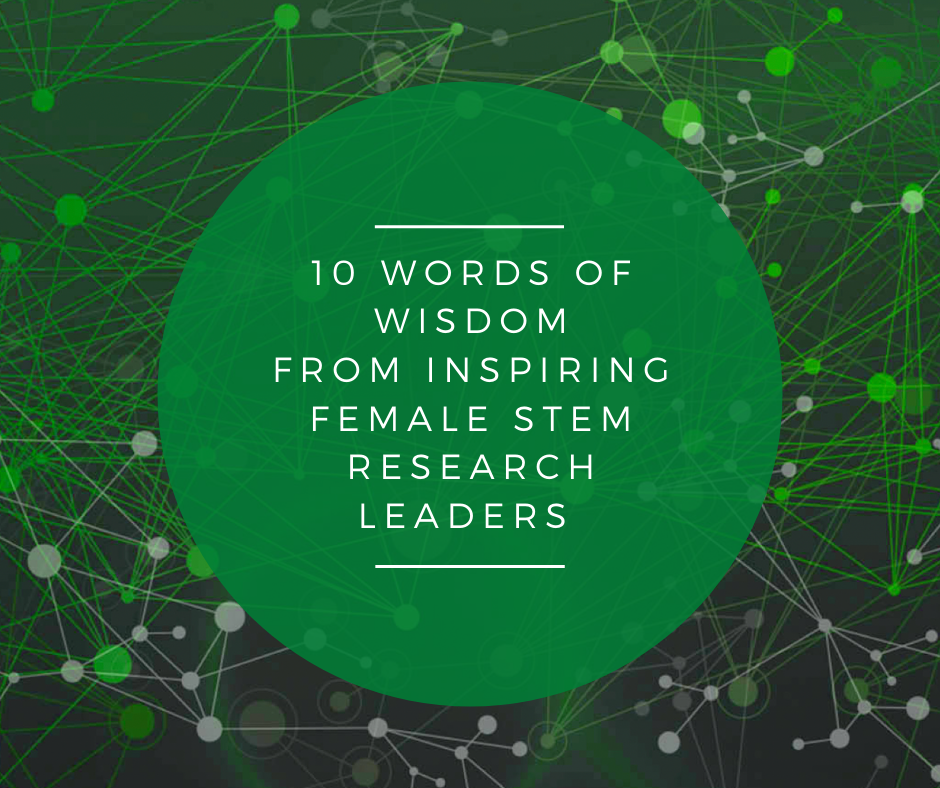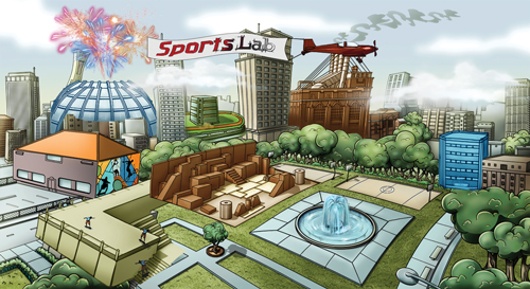TERC Blog
TERC's STEM Education Hits: The Top 10 Blog Posts of the Year
Whether you're interested in the details of newly-funded projects, delving into the latest developments of STEM education, or simply curious about the stories behind TERC's team, our blog has got you covered.
Come along with us as we take a look back at the top 10 blog posts that kept you engaged and learning throughout 2023!
#1. What is Computational Thinking
Authors: Teon Edwards and Michael Cassidy
Explore the evolving landscape of Computational Thinking in education, focusing on teachers' perspectives. This post delves into the challenges to define Computational Thinking, highlighting a lack of consensus among researchers, educators, and teachers. Through a survey involving 202 teachers, the authors uncover diverse teacher perceptions, emphasizing the importance of incorporating teachers' voices in the ongoing discourse around Computational Thinking in classrooms.
#2. Climate and Equity Institute
Authors: Climate and Equity Institute Team
Get an insiders look at the transformative Climate and Equity Institute that was held in the Summer of 2022 at the Schoodic Institute campus in Maine, bringing together 12 high-school teachers for a week of immersive learning. The institute focused on equitable pedagogy, offering presentations on global and psychological impacts of climate change, guided field trips to explore climate change firsthand, and offered free time for additional topics. Teachers from across the country praised the program, emphasizing its impact on their teaching perspectives, the building of a national network, and the profound sense of inspiration and purpose gained from the experience.
#3. Engineering for Equity (Part 4): Applying Asset-based Approaches
Authors: Scott Pattison, Smirla Ramos Montañez
Get a deeper understanding of the prevalent issue of deficit thinking in U.S. schools, particularly in the context of engineering education. This post emphasizes the need to shift from deficit-based views to asset-based perspectives that recognize and value the strengths, culture, and diversity of families. Drawing on examples from their work with families in the Head Start on Engineering project, the authors explore asset-based frameworks, such as Community Cultural Wealth and Family Resilience, to guide their research and promote equity in engineering learning, highlighting the importance of collaborative and reflective approaches.
#4. Making an Impact: TERC's Open-Access MPACT Curriculum
Authors: Elise Levin-Güracar and Jennifer Knudsen
Get your hands on this free open-access curriculum that provides engaging ways for students in grades 4-7 to learn math, computational thinking, and spatial reasoning concepts along with maker skills. Independently evaluated by SRI International, the curriculum demonstrates statistically significant gains in content knowledge for students. Co-designed by teachers and offering flexibility in implementation, MPACT stands out for its focus on spatial reasoning, promoting social–emotional principles, and supporting a diverse range of learning styles and tech availability.
#5. Earth Science - Free Hands-on Lessons for Educators
Author: TERC
EarthLabs is a free suite of modules from TERC that elevates Earth science courses with laboratory components. This post gives a preview of the nine units that offer sequences for learning science concepts through data analysis activities, satellite imagery and computer visualizations, and hands-on experiments that illustrate processes of our Earth system. Help your students build quantitative skills that enable them to objectively evaluate scientific findings for themselves with EarthLabs!
#6. A Framework for Using Mathematics Curriculum to Support Equity
Authors: The Investigations Equity Team
Over three years, the Investigations Center for Curriculum and Professional Development, in collaboration with equity-focused consultants, studied literature addressing equity, access, identity, and agency in mathematics education. This effort resulted in a comprehensive framework focusing on four categories: Deep and Rigorous Mathematics, Equitable Participation in a Collaborative Mathematical Community, Strength-based Assessment and Accommodation, and Connections to Students, Their Families and Communities. This article introduces the four categories of the framework and their importance for equity and access in mathematics teaching and learning.
#7. New REU Interns Pave the Way for Equity and Social Justice in STEM Education
Author: TERC
Discover TERC's first-ever group of Research Experience for Undergraduate (REU) interns and get to know them better. Find out what caught their interest in the program and what they aspired to accomplish during their summer at TERC.
#8. Computational Thinking and Executive Function: Where Neurodiversity Shines
Author: Jodi Asbell-Clarke
Explore the intersection of Computational Thinking (CT) and Executive Function (EF) in the realm of neurodiverse learners. This article delves into the cognitive strengths of neurodiverse individuals, emphasizing the role of CT practices, such as problem decomposition and pattern recognition, in supporting EF. Drawing from examples like jigsaw puzzle-solving, the blog post illustrates how CT strategies inherently contribute to EF development. The INFACT project is highlighted, showcasing efforts to design an inclusive CT program for grades 3-8, with a focus on supporting diverse learners through adaptive digital tools and real-time interventions. Discover how this symbiotic relationship between CT and EF can cultivate an environment where learners of varied cognitive abilities thrive.
#9. Doing the Math with Paraeducators
Authors: Judy Storeygard, Karen Mutch-Jones, & Simone Ngongi-Lukula
Learn about the untapped potential of paraeducators (paras) in elementary classrooms, and their critical role in mathematics learning. This post highlights the lack of preparation and support for paras, leading to challenges in addressing students' diverse learning styles and needs. The Doing the Math with Paraeducators project, a professional development model, is introduced to enhance paraeducators' confidence, elementary math knowledge, and instructional strategies, fostering a learning community and changing discourse about their work as educators. The article illustrates the positive impact through the growth and professional development of paraeducators like Natalia, showcasing the transformative potential of this initiative.
#10. Playful Engineering
Authors: Scott Pattison, Gina Svarovsky, Smirla Ramos Montañez, Catherine Wagner, Viviana López Burgos, Amy Corbett, María Quijano, Diana Contreras, Sabrina De Los Santos, María Eugenia Perdomo
Explore the integration of engineering education for preschool-aged children and their families, including the unique ways young children engage in engineering practices. Drawing on a collaborative research project, the authors share insights into how families can support children's engineering engagement, highlighting the importance of narratives, imagination, and flexibility in the engineering design process. The findings underscore that young children are capable of rich engineering experiences, providing recommendations for educators to incorporate engineering into early childhood learning, including starting with stories, adding design challenges to inquiry activities, using characters, choosing appropriate materials, following the lead of children and families, and enjoying the learning process together.

TERC







.png)




